The Food and Drug Administration (FDA) has banned the artificial food dye Red 3 due to concerns it may cause cancer in rats. Food companies have until 2027 to stop using the dye, with drugmakers having an extra year. Many brands are already reformulating their products to comply with the new rule, while others are working to remove Red 3 from their recipes.
Companies say they are working to update their products to comply with the Food and Drug Administration's decision Wednesday to ban the artificial food dye Red 3 , after the agency said it was revoking the additive's authorization over concerns it was causing cancer in rats.
Yoo-hoo's strawberry drink is being reformulated to be made without Red 3, the company told CBS News. 'The new formula will be on shelves before the end of the year,' beverage giant Keurig Dr Pepper said in an email. Some Conagra Brands products, including its Marie Callender's birthday cake pie and Duncan Hines confetti cake mix, list Red 3 as an ingredient. A Conagra spokesperson said they are 'minimally impacted' by the FDA's ruling, and are 'taking steps to remove it from a limited number' of their products in time for the rule's deadline.
A Lindt & Sprüngli spokesperson said none of the company's Lindt products contain Red 3. The spokesperson did not comment on some other brands owned by the company that do list Red 3 in their ingredients, such as Russell Stover. Hershey's has not used the red dye since 2021 and it is not in any of their products on the market, a spokesperson told CBS News. A number of popular American candies like Kit Kat, Reese's and Kisses are made by the company.
Mars Wrigley, which listed Red 3 as an ingredient in one of its Orbit gum flavors in the past, says none of the products in its portfolio currently rely on the dye. Other Mars brands include M&M's, Snickers and Skittles.
FOOD DYE CANCER FDA RED 3 REGULATION
United States Latest News, United States Headlines
Similar News:You can also read news stories similar to this one that we have collected from other news sources.
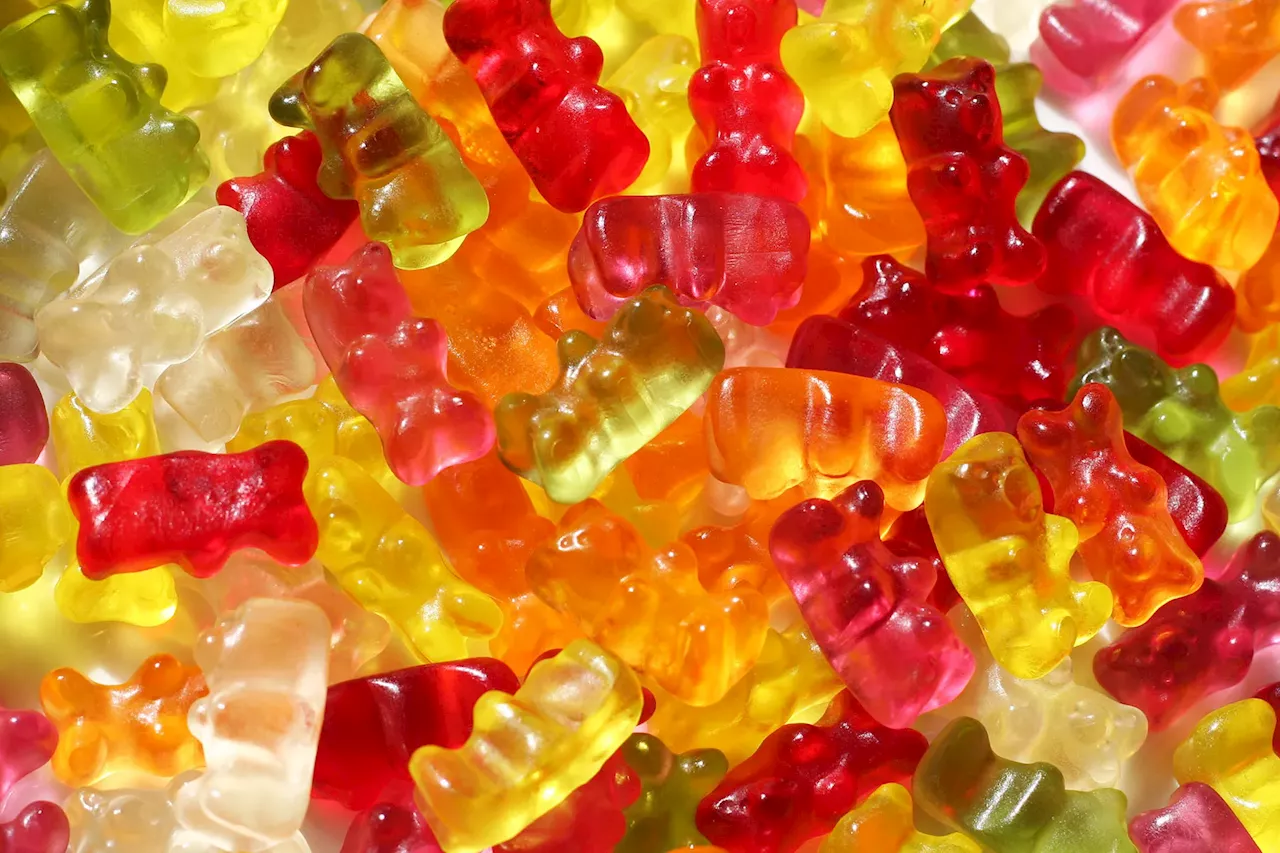 FDA Bans Controversial Red Food Dye Red No. 3The FDA is banning the use of FD&C Red No. 3, a synthetic red food dye, citing concerns about its potential health effects. Although the FDA maintains that Red 3 poses no significant risk to humans, the ban will take effect in 2027 for food products and 2028 for ingested drugs.
FDA Bans Controversial Red Food Dye Red No. 3The FDA is banning the use of FD&C Red No. 3, a synthetic red food dye, citing concerns about its potential health effects. Although the FDA maintains that Red 3 poses no significant risk to humans, the ban will take effect in 2027 for food products and 2028 for ingested drugs.
Read more »
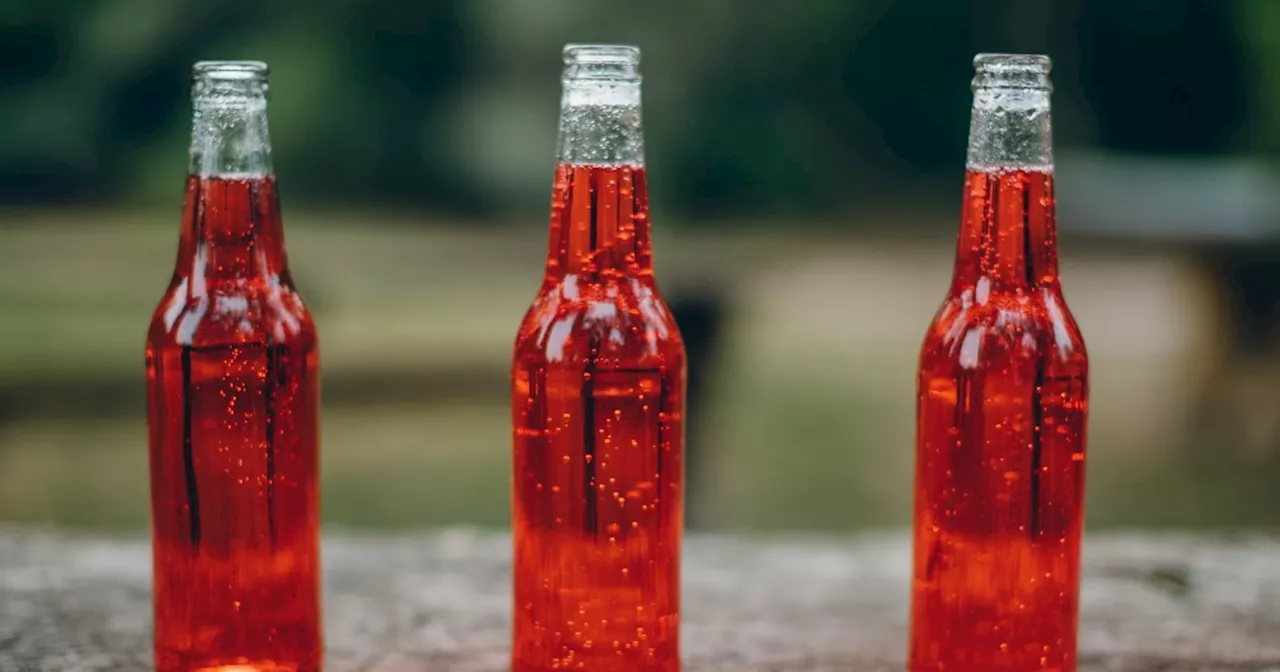 FDA Bans Red No. 3 Food Dye Over Cancer ConcernsThe Food and Drug Administration (FDA) has banned the use of Red No. 3, a synthetic dye linked to cancer in animals, in all food and beverages sold in the United States. The ban, effective January 2027, comes after years of advocacy from consumer groups and lawmakers who raised concerns about the dye's potential health risks.
FDA Bans Red No. 3 Food Dye Over Cancer ConcernsThe Food and Drug Administration (FDA) has banned the use of Red No. 3, a synthetic dye linked to cancer in animals, in all food and beverages sold in the United States. The ban, effective January 2027, comes after years of advocacy from consumer groups and lawmakers who raised concerns about the dye's potential health risks.
Read more »
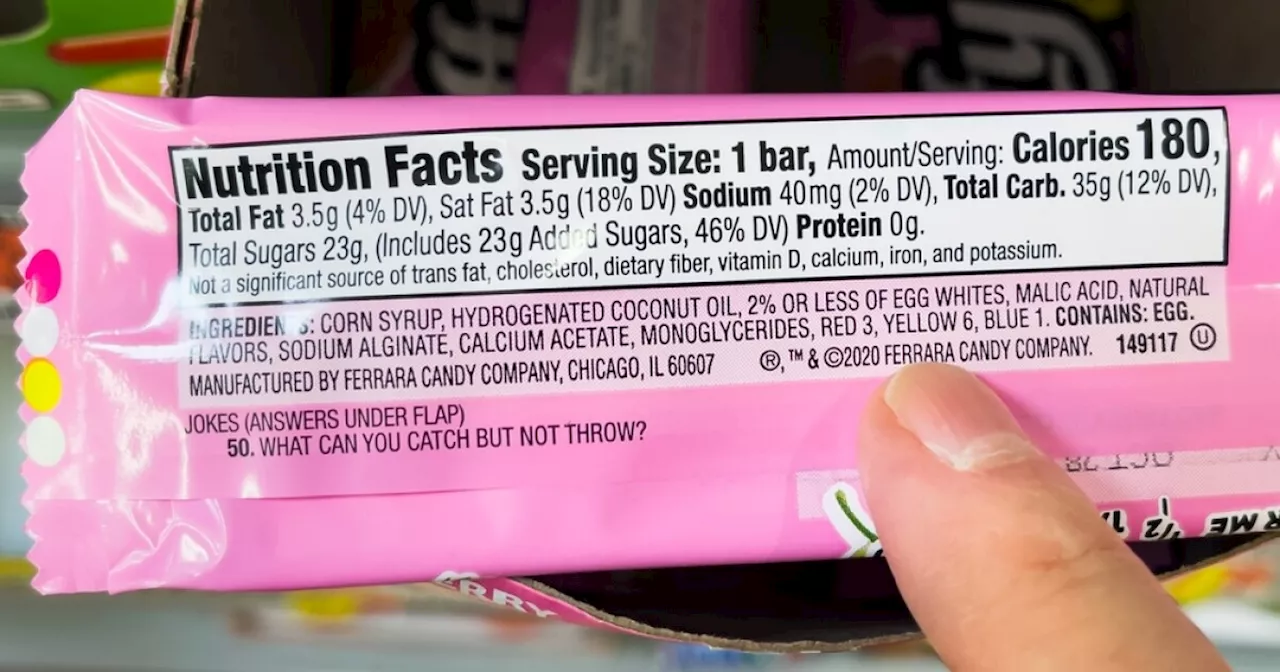 FDA Bans Popular Food Dye Red No. 3 Over Cancer ConcernsThe Food and Drug Administration (FDA) has banned the use of Red No. 3, a common food dye, in food and drugs sold in the US. The decision was made based on studies that showed a link between Red No. 3 and cancer in male rats. While the FDA says that the risk to humans is low, food manufacturers will have two years to reformulate their products to remove the dye.
FDA Bans Popular Food Dye Red No. 3 Over Cancer ConcernsThe Food and Drug Administration (FDA) has banned the use of Red No. 3, a common food dye, in food and drugs sold in the US. The decision was made based on studies that showed a link between Red No. 3 and cancer in male rats. While the FDA says that the risk to humans is low, food manufacturers will have two years to reformulate their products to remove the dye.
Read more »
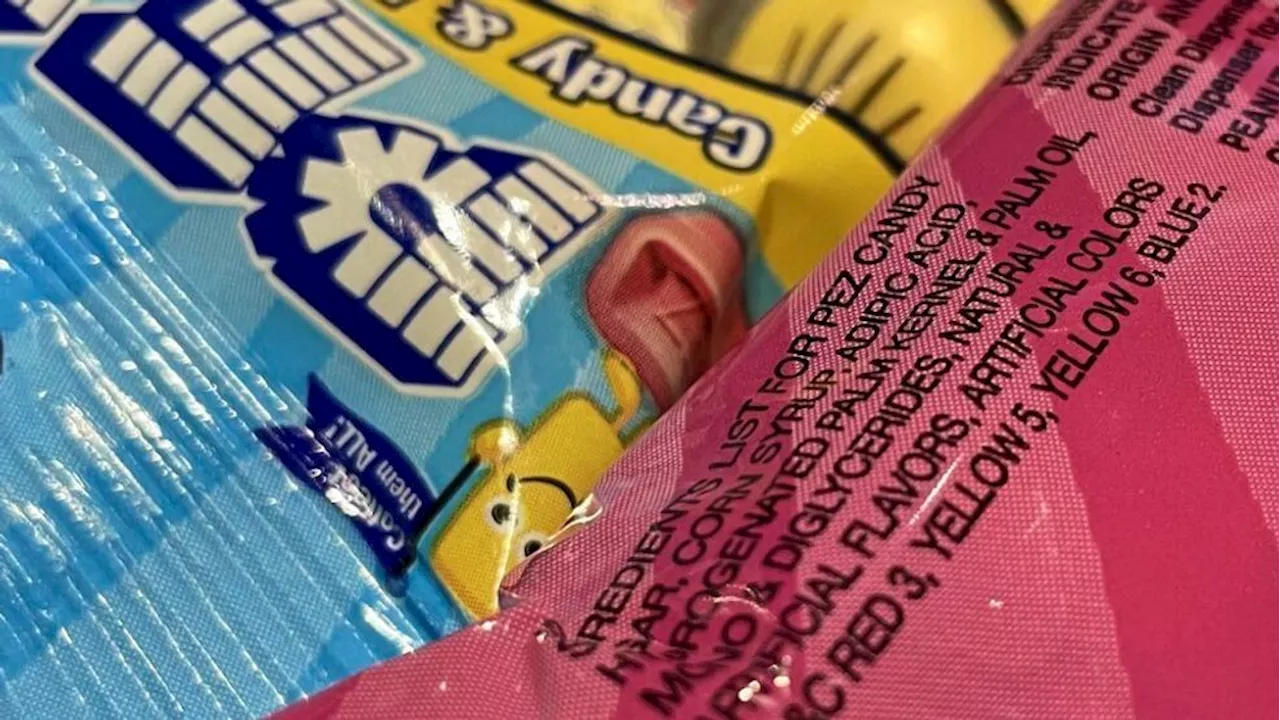 FDA Bans Red Dye No. 3 From Food Supply Over Cancer RiskThe U.S. Food and Drug Administration (FDA) has banned Red 3, a synthetic dye used to give foods a bright red hue, citing potential cancer risks in lab rats. This ban comes nearly 35 years after Red 3 was prohibited from cosmetics due to similar concerns. While the FDA acknowledges that the way Red 3 causes cancer in rats does not apply to humans, the Delaney Clause, a law requiring the ban of any additive found to cause cancer in humans or animals, necessitates this action.
FDA Bans Red Dye No. 3 From Food Supply Over Cancer RiskThe U.S. Food and Drug Administration (FDA) has banned Red 3, a synthetic dye used to give foods a bright red hue, citing potential cancer risks in lab rats. This ban comes nearly 35 years after Red 3 was prohibited from cosmetics due to similar concerns. While the FDA acknowledges that the way Red 3 causes cancer in rats does not apply to humans, the Delaney Clause, a law requiring the ban of any additive found to cause cancer in humans or animals, necessitates this action.
Read more »
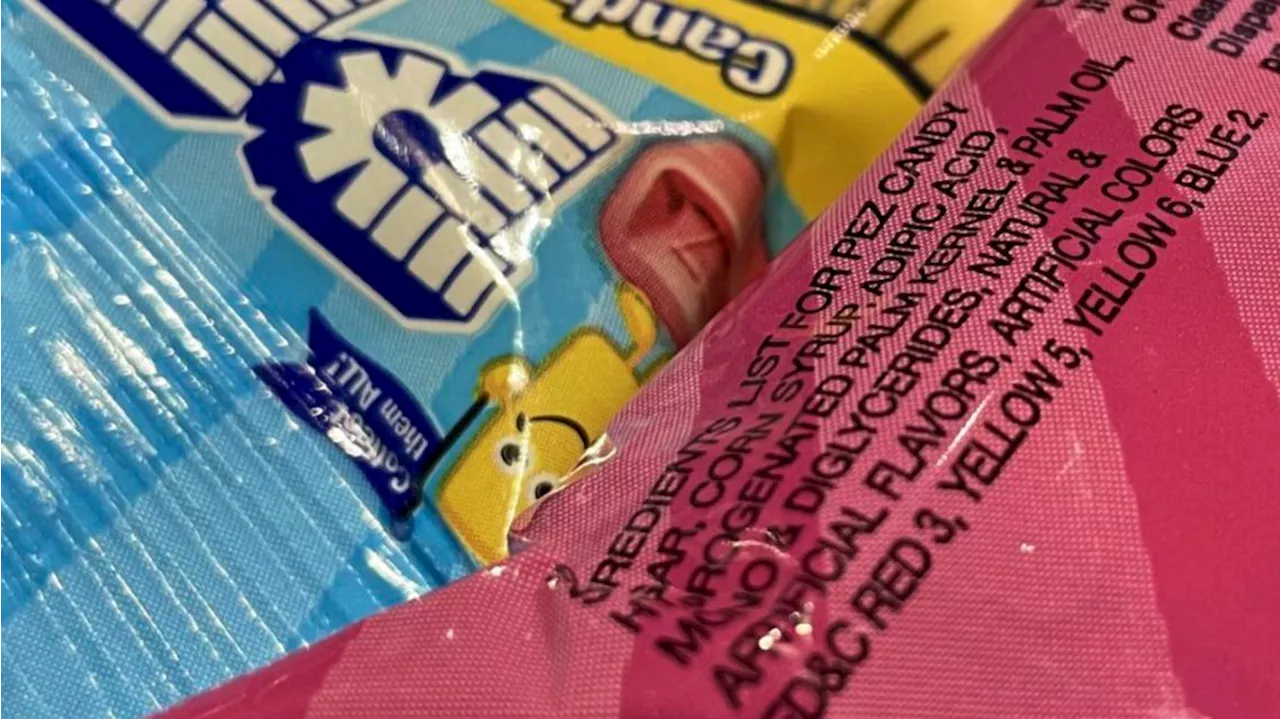 FDA Bans Red Dye No. 3 in Food, Citing Cancer Risk in RatsThe FDA has banned the use of Red Dye No. 3 in food and ingested drugs, citing studies that showed cancer in lab rats. The ban, effective for food manufacturers by January 2027 and drug makers by January 2028, comes after years of pressure from health advocates who argued that the dye poses a risk to human health. While the FDA stated the ban is based on the Delaney Clause, which prohibits additives causing cancer in humans or animals, it acknowledged that the way Red 3 causes cancer in rats doesn't apply to humans. The agency received a petition from two dozen food safety and health advocates in 2022.
FDA Bans Red Dye No. 3 in Food, Citing Cancer Risk in RatsThe FDA has banned the use of Red Dye No. 3 in food and ingested drugs, citing studies that showed cancer in lab rats. The ban, effective for food manufacturers by January 2027 and drug makers by January 2028, comes after years of pressure from health advocates who argued that the dye poses a risk to human health. While the FDA stated the ban is based on the Delaney Clause, which prohibits additives causing cancer in humans or animals, it acknowledged that the way Red 3 causes cancer in rats doesn't apply to humans. The agency received a petition from two dozen food safety and health advocates in 2022.
Read more »
 FDA bans red dye No. 3 from food, drinks and ingested drugs in the USThe move comes nearly 35 years after the dye was barred from cosmetics such as lipsticks because of potential cancer risk.
FDA bans red dye No. 3 from food, drinks and ingested drugs in the USThe move comes nearly 35 years after the dye was barred from cosmetics such as lipsticks because of potential cancer risk.
Read more »
